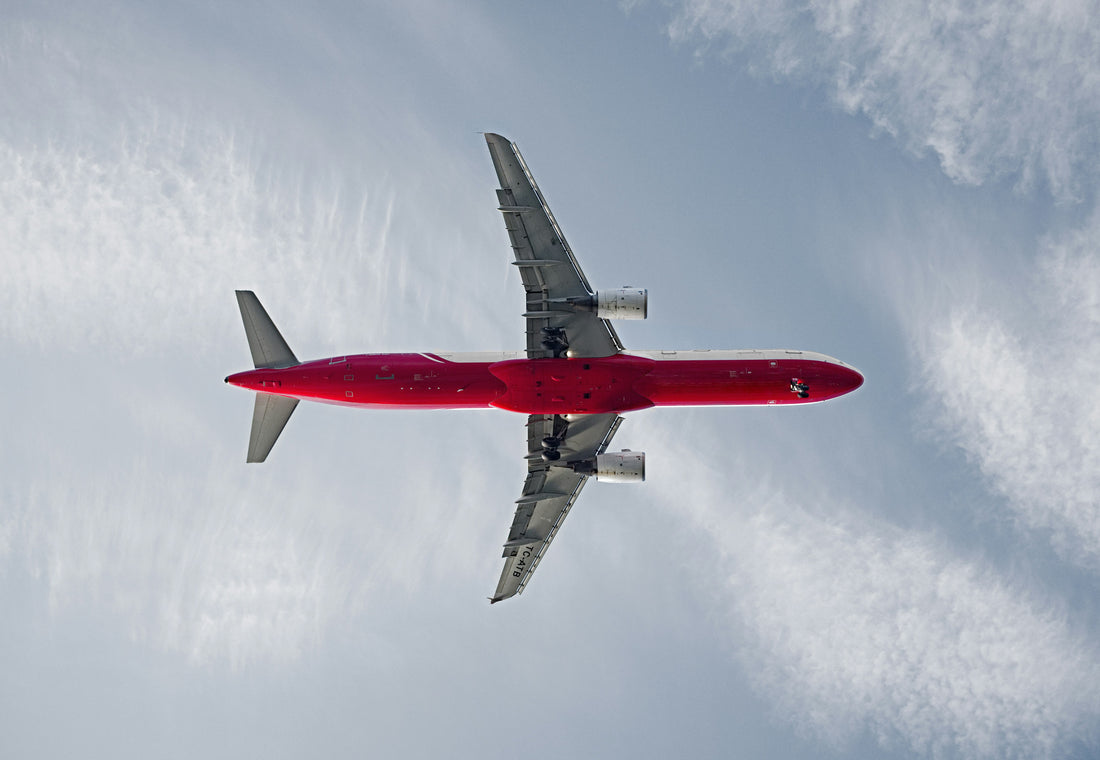
20 Reasons Air Travel is Safe
Air travel has long been regarded as one of the safest modes of transportation. Despite the occasional sensational headline, statistics consistently show that flying is safer than many other forms of travel. Here are 20 detailed reasons why air travel is safe:
1. Stringent Regulatory Oversight
Aviation is one of the most regulated industries in the world. Organizations like the FAA (Federal Aviation Administration) and ICAO (International Civil Aviation Organization) enforce strict safety standards and regulations that airlines and airports must adhere to.
2. Advanced Technology
Modern aircraft are equipped with state-of-the-art technology, including sophisticated navigation systems, autopilot features, and advanced communication tools. These innovations enhance safety and efficiency in air travel.
3. Rigorous Pilot Training
Pilots undergo extensive training and continuous education to maintain their licenses. They are trained to handle a wide range of scenarios, including emergencies, ensuring they are well-prepared for any situation.
4. Thorough Aircraft Maintenance
Airlines are required to perform regular inspections and maintenance on their aircraft. These checks ensure that every component, from engines to navigation systems, is functioning correctly.
5. Multiple Safety Systems
Commercial aircraft are designed with redundancy in mind. If one system fails, backup systems are in place to take over, providing an additional layer of safety.
6. Air Traffic Control
Air traffic controllers monitor flights in real-time, ensuring safe distances between aircraft and managing take-offs and landings. Their expertise helps prevent collisions and other accidents.
7. Robust Safety Culture
Airlines prioritize safety in their operations, fostering a culture where employees are encouraged to report concerns without fear of repercussions. This proactive approach helps identify and mitigate risks.
8. International Safety Standards
Many countries follow international safety standards set by organizations like ICAO, ensuring a uniform level of safety across the globe. This collaboration enhances the overall safety of air travel.
9. Regular Safety Audits
Airlines and airports undergo regular safety audits by independent organizations to evaluate their compliance with safety regulations and practices. These audits help identify areas for improvement.
10. Emergency Training for Crew
Flight attendants and crew members are trained in emergency procedures, including evacuation drills, first aid, and dealing with in-flight emergencies. Their training ensures passengers are well cared for in any situation.
11. Controlled Cabin Environment
Aircraft are designed to maintain a controlled environment, including pressurization and air quality. This ensures passenger comfort and safety throughout the flight.
12. Low Accident Rate
Statistically, air travel has a very low accident rate compared to other forms of transportation. According to the National Safety Council, you’re more likely to be injured driving a car than flying.
13. Advancements in Weather Technology
Modern weather forecasting technology allows airlines to anticipate and avoid adverse weather conditions. Flight paths are adjusted to ensure safer travel in changing weather.
14. Security Measures
Post-9/11, aviation security has been significantly enhanced, including passenger screening, baggage checks, and air marshal programs. These measures help prevent potential threats before they reach the aircraft.
15. Emergency Equipment
Aircraft are equipped with emergency equipment such as life vests, oxygen masks, and defibrillators, ensuring that crews can respond effectively to emergencies.
16. Passenger Briefings
Before every flight, passengers receive safety briefings detailing emergency procedures, including the use of safety equipment and evacuation routes. This information is crucial for passenger safety.
17. Continuous Improvement
The aviation industry is committed to continuous improvement in safety practices. Lessons learned from incidents and accidents are analysed to enhance protocols and training.
18. Global Collaboration
Countries share safety information and best practices through international forums, ensuring that airlines worldwide benefit from collective knowledge and experiences.
19. Crew Resource Management (CRM)
CRM training emphasizes teamwork and communication among flight crew members. This training helps improve decision-making and enhances safety during flights.
20. Increased Passenger Awareness
As passengers become more aware of safety protocols and procedures, they can better contribute to their safety during flights. Understanding what to do in emergencies helps ensure a safer travel experience.
Conclusion
Air travel is not only a marvel of modern engineering but also one of the safest modes of transportation available today. With rigorous training, advanced technology, and strict regulations, passengers can fly with confidence knowing they are in capable hands. Whether for business or leisure, air travel remains a reliable way to reach destinations around the world.
Safe travels! ✈️










